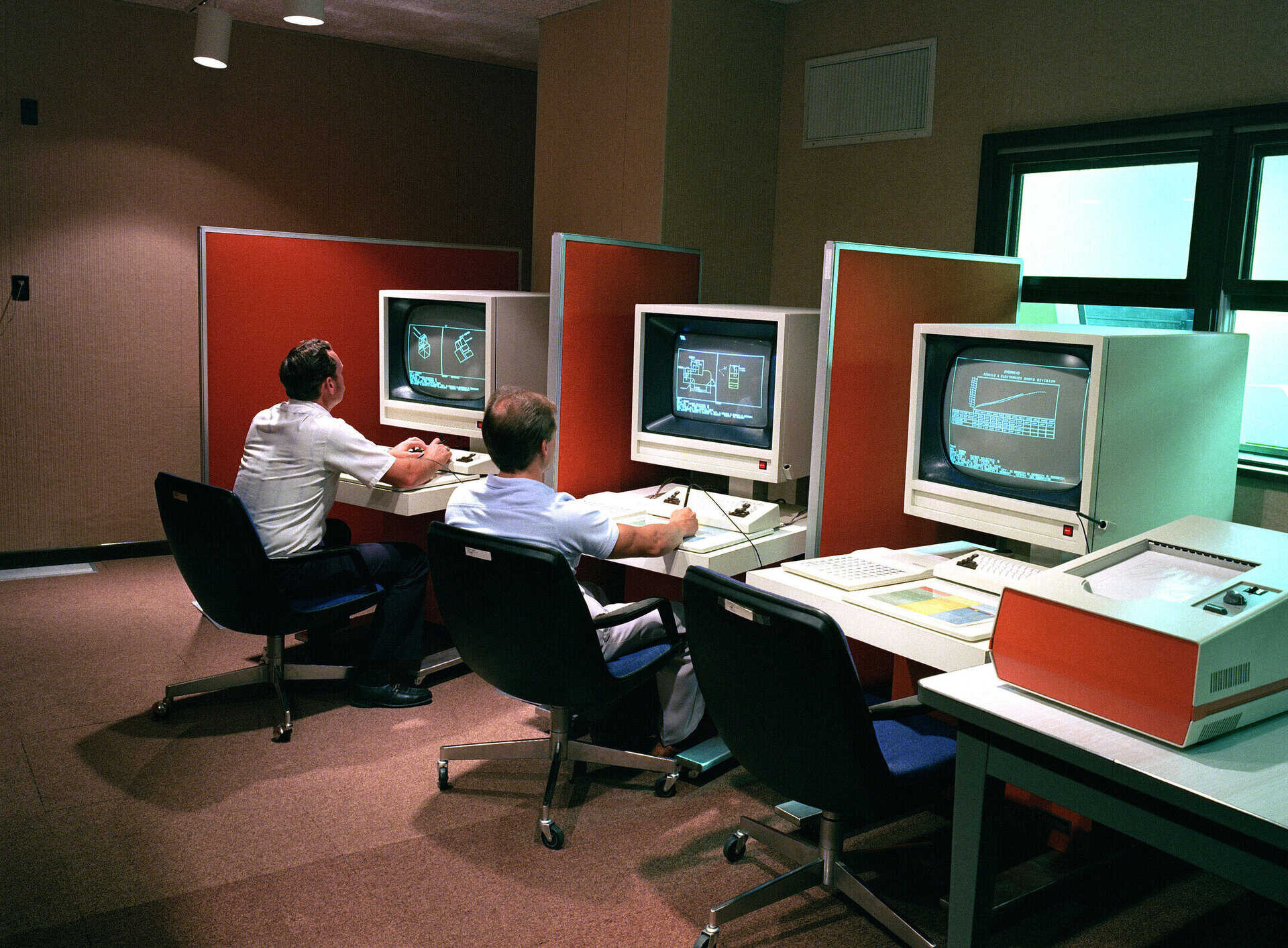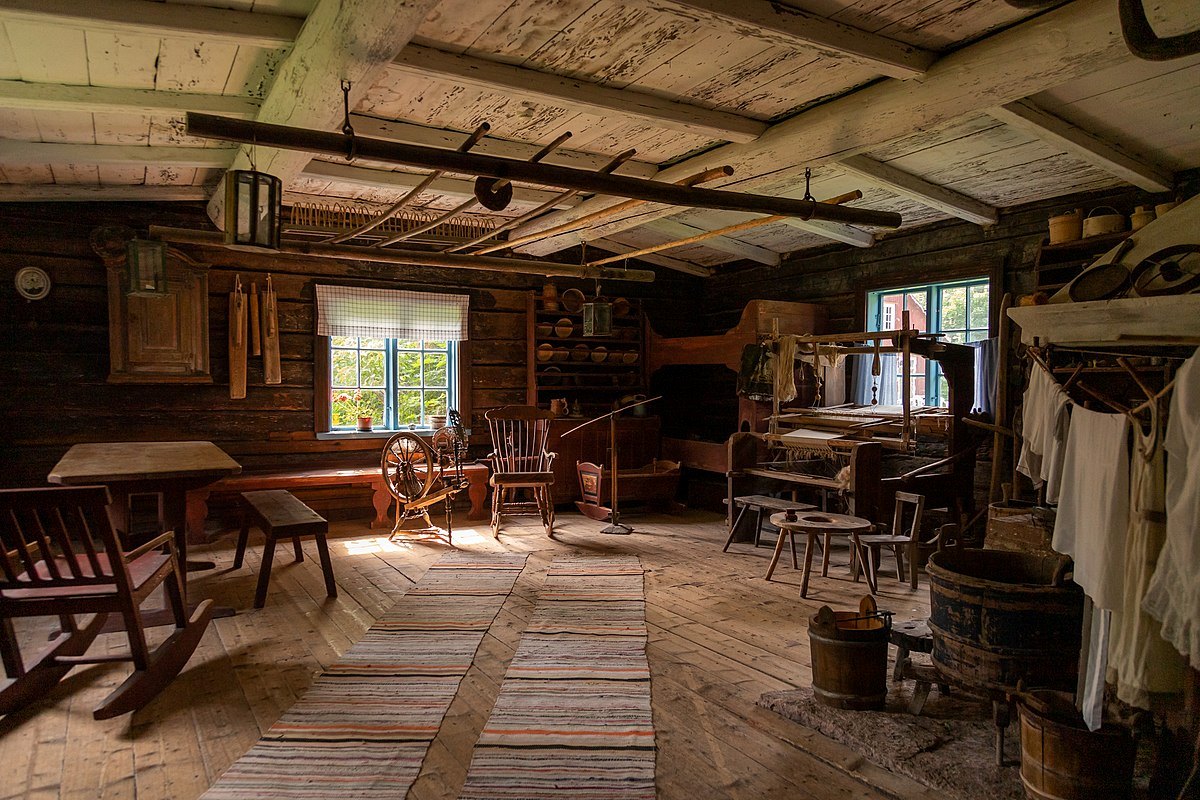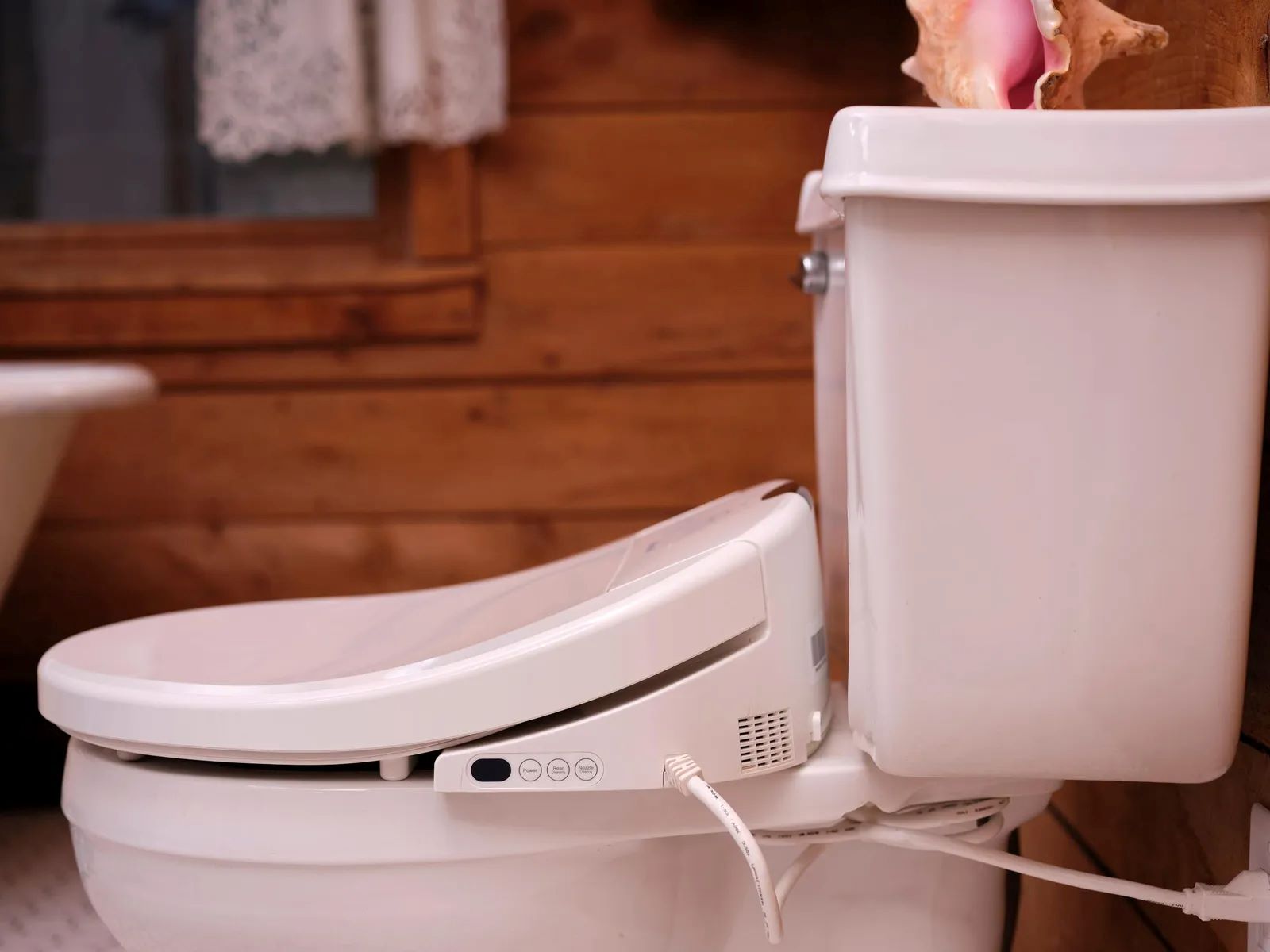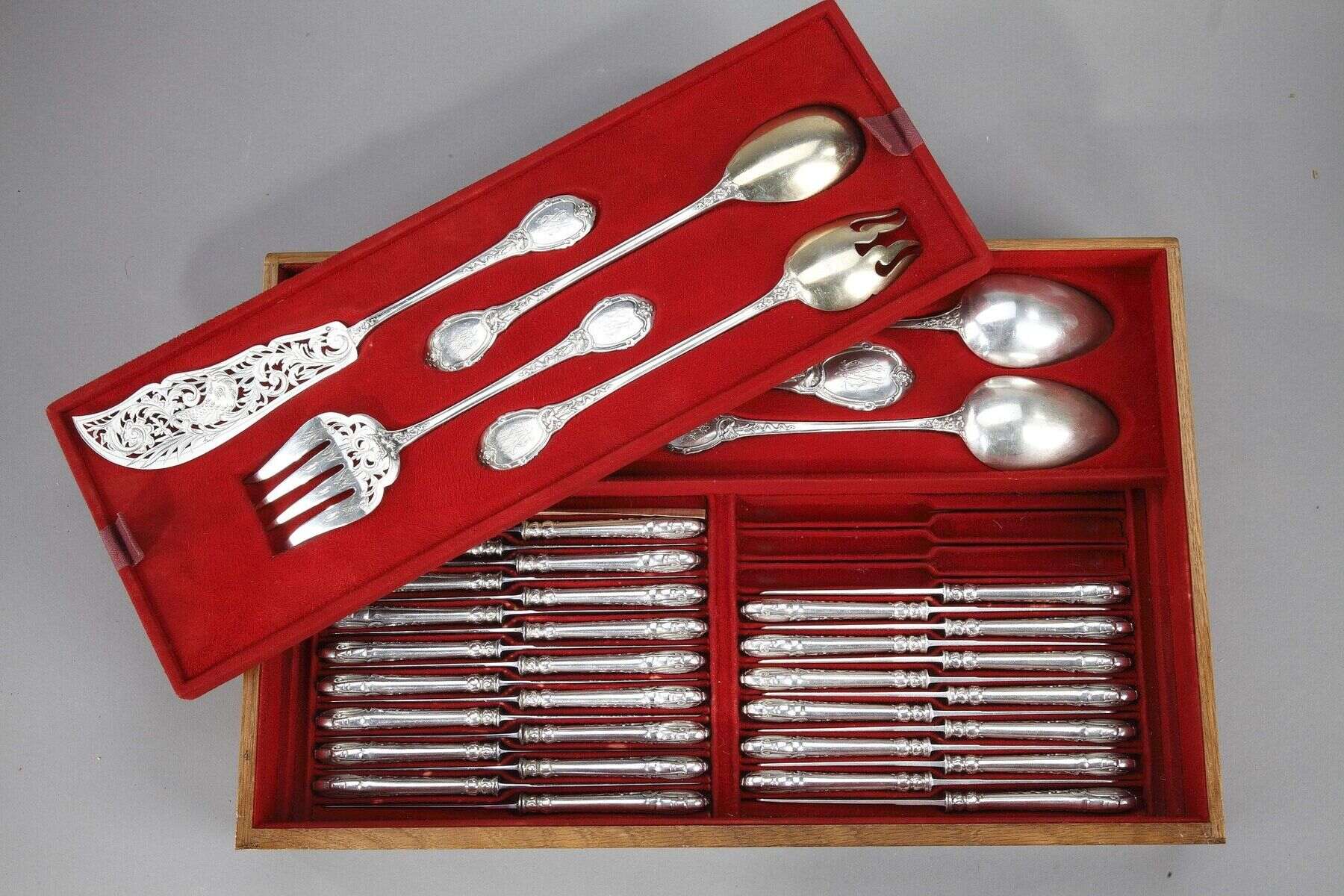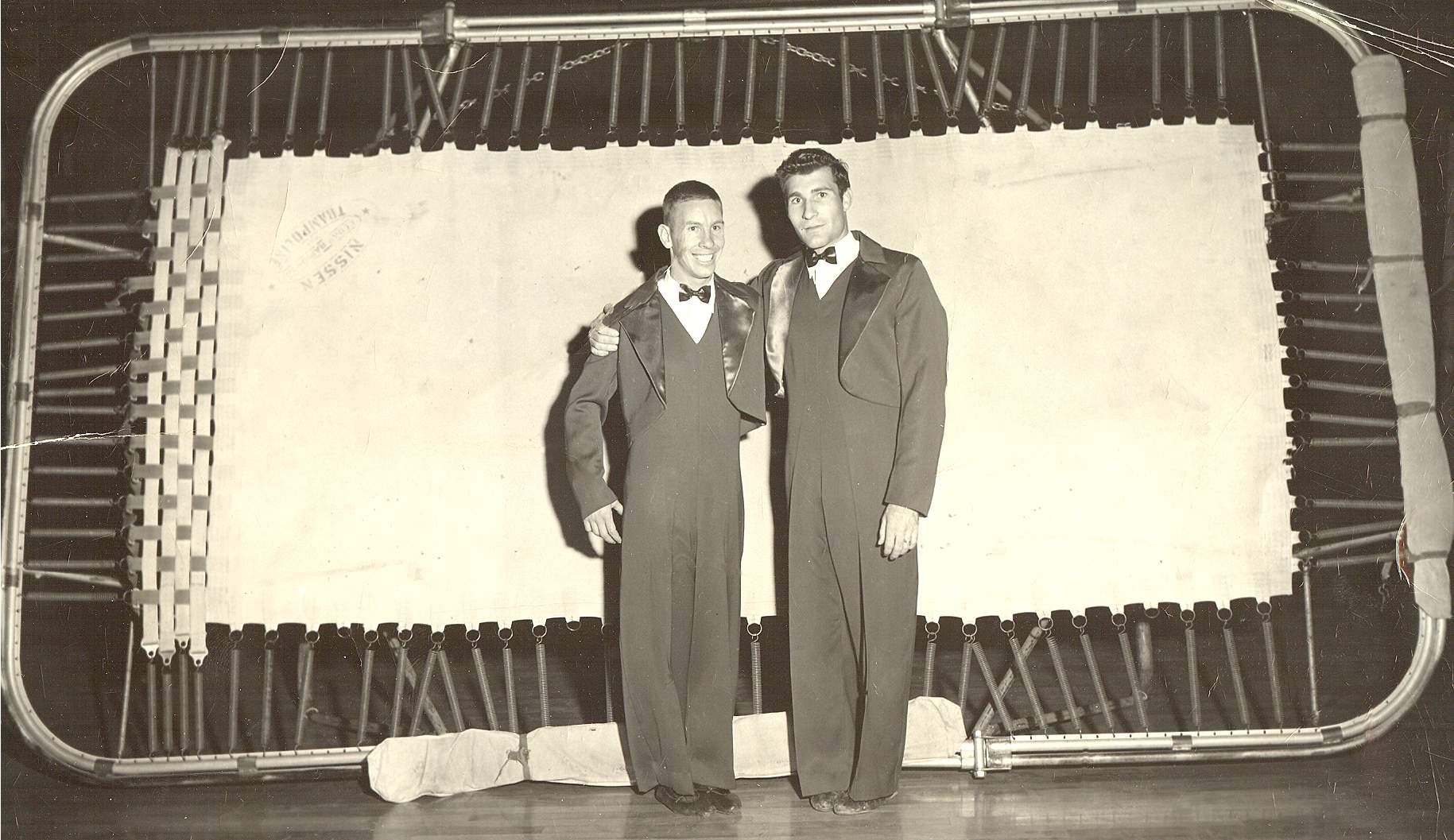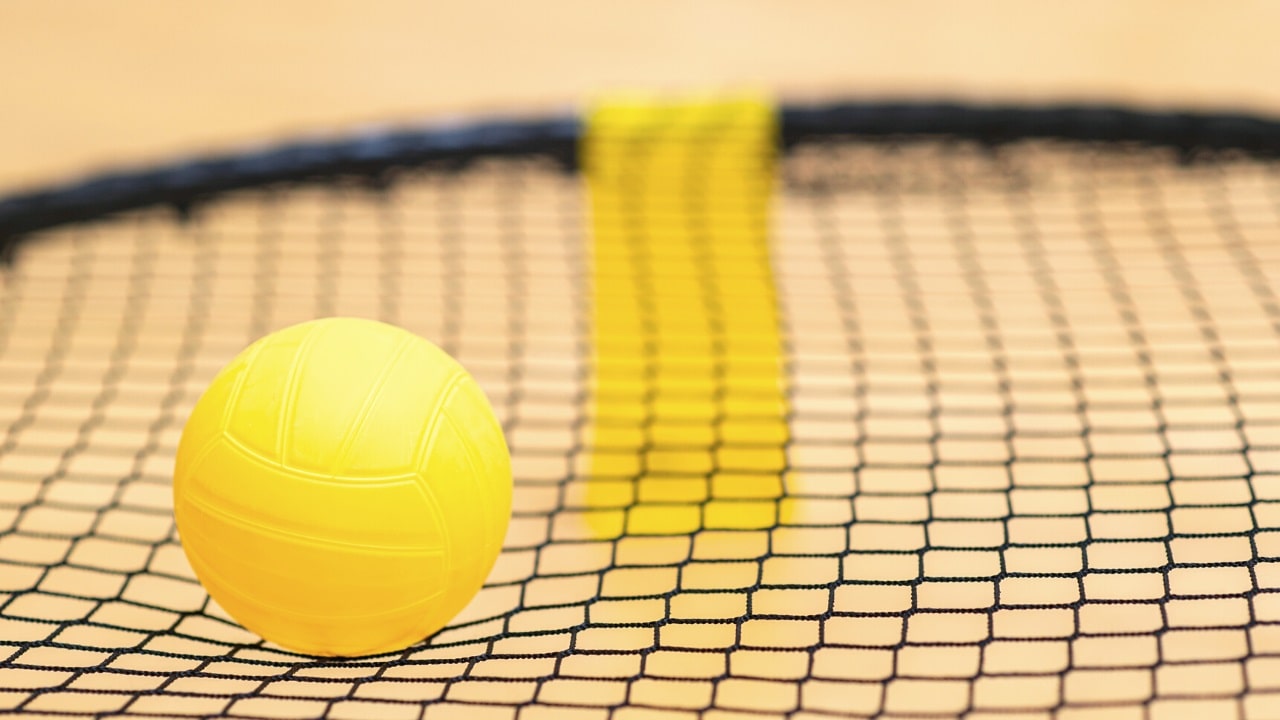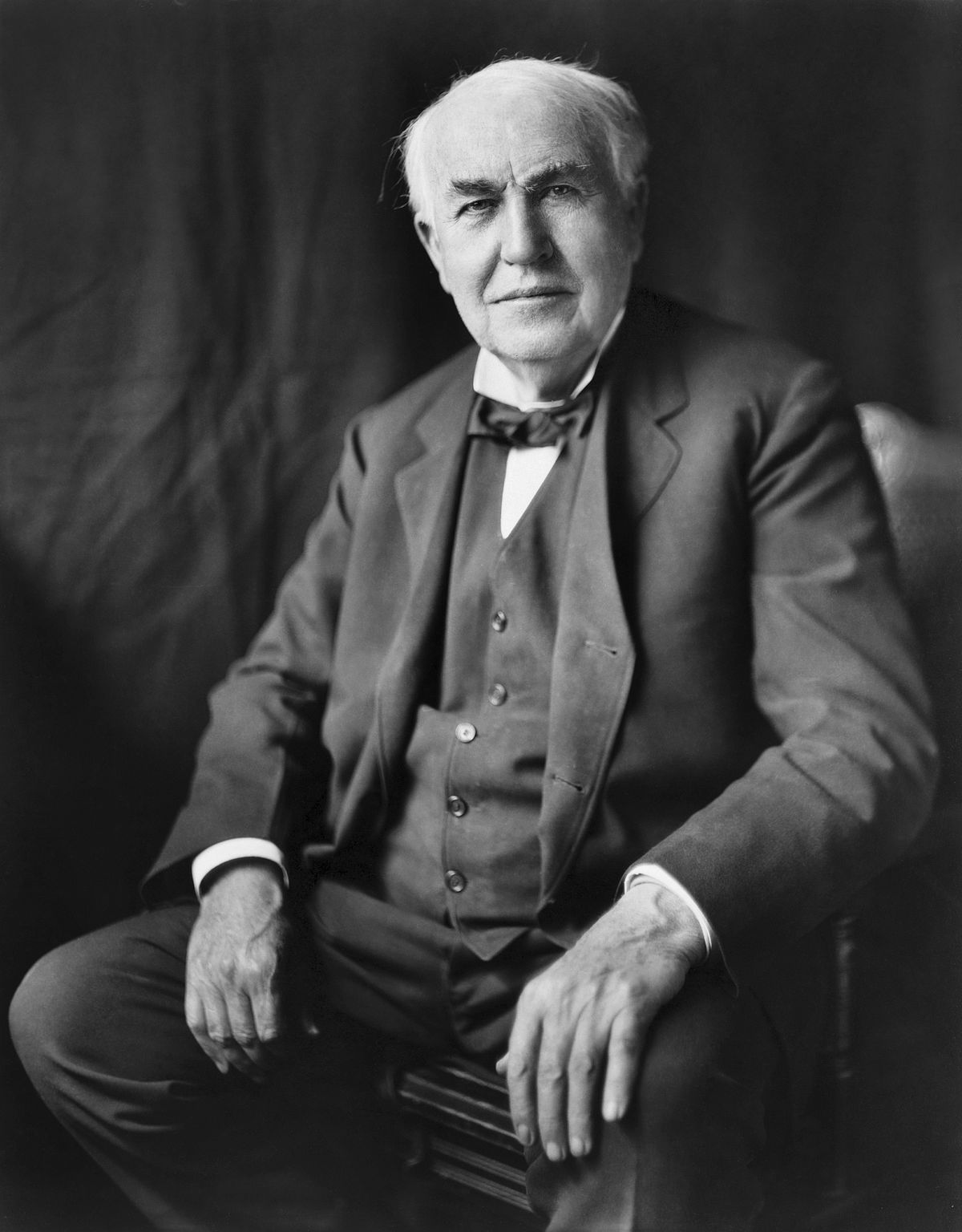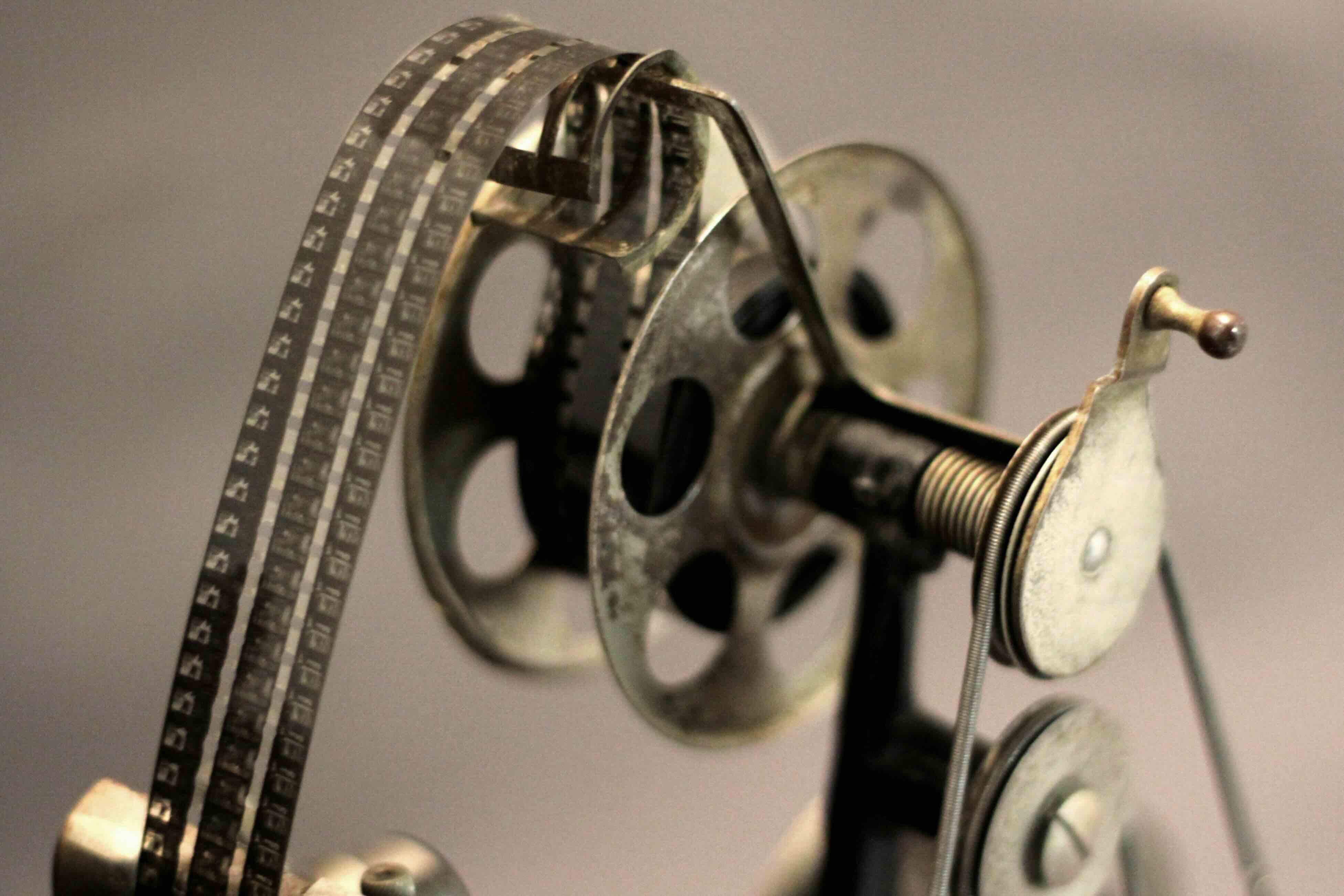Home>Furniture>Bedroom Furniture>Who Invented The Mattress
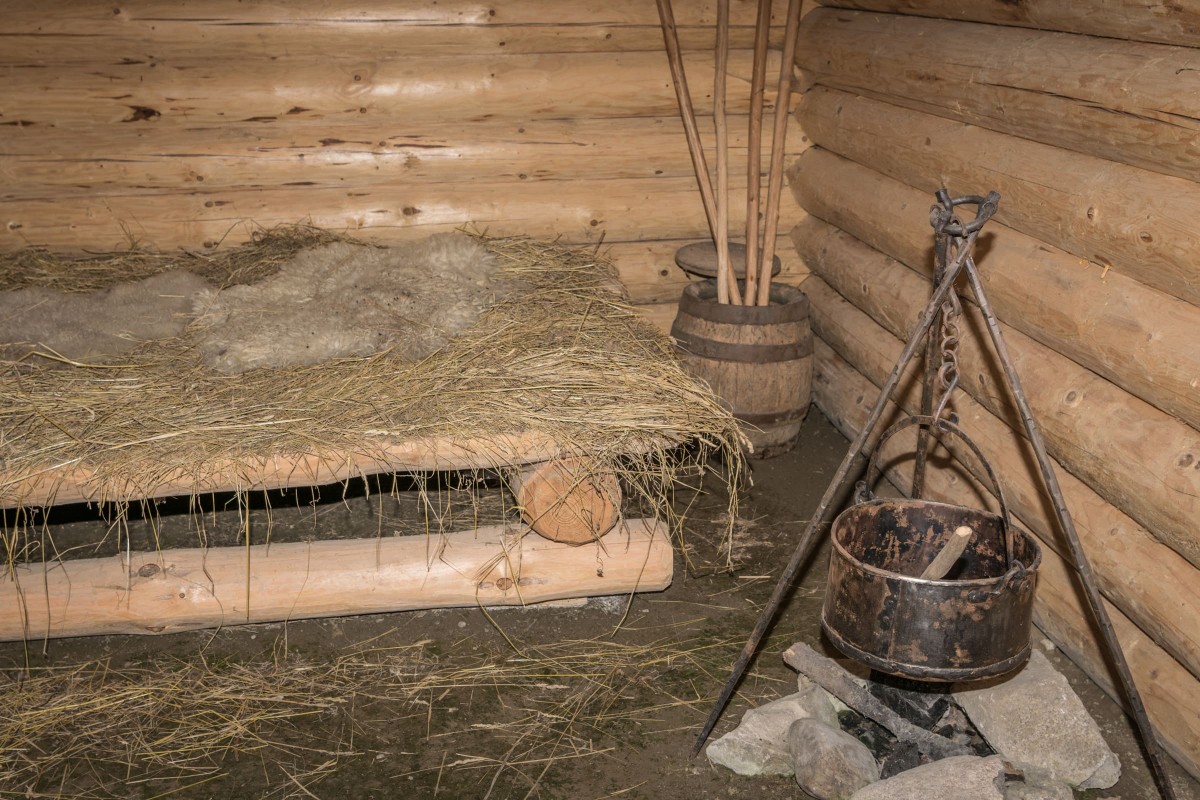

Bedroom Furniture
Who Invented The Mattress
Modified: October 19, 2024
Discover the fascinating history of bedroom furniture and learn about the person who invented the mattress. Explore the evolution of beds and their impact on modern sleep comfort.
(Many of the links in this article redirect to a specific reviewed product. Your purchase of these products through affiliate links helps to generate commission for Storables.com, at no extra cost. Learn more)
Introduction:
Welcome to the fascinating world of bedroom furniture! When it comes to creating a restful and cozy sanctuary, the mattress is undoubtedly the centerpiece of every bedroom. But have you ever wondered about the origins of this essential piece of furniture? Who invented the mattress, and how has it evolved over time?
Throughout history, humans have sought comfortable sleeping surfaces to rest and rejuvenate. From simple straw-filled sacks to the luxurious memory foam mattresses of today, the journey of the mattress is a testament to human ingenuity and the pursuit of ultimate rest and relaxation.
In this article, we will take a deep dive into the fascinating history of mattresses, exploring how they have transformed from humble beginnings to the modern marvels we enjoy today. Join us as we uncover the secrets behind the invention, evolution, and innovation of the mattress!
Key Takeaways:
- The journey of the mattress from ancient straw-filled sacks to modern memory foam marvels showcases continuous human innovation in pursuit of ultimate comfort and support for restful sleep.
- The rise of the modern mattress is driven by advancements in technology, consumer awareness, and a focus on sleep science, offering a wide range of options catering to diverse sleep preferences and needs.
Read more: Who Invented The Air Mattress
Early Sleeping Surfaces:
Long before the invention of the modern mattress, our ancestors had to make do with rudimentary sleeping surfaces. In ancient times, people slept on materials such as leaves, animal skins, and even piles of straw or hay.
The Egyptians were pioneers in creating more comfortable sleeping surfaces. Around 3400 BC, they began using elevated beds made of palm sticks covered with woven reeds or wool pads. These early mattresses not only provided a more supportive surface but also helped protect sleepers from insects and rodents.
In ancient Rome, mattresses were typically filled with feathers, wool, or straw and placed on a wooden frame called a “lectus.” The wealthy Romans often enjoyed more luxurious mattresses filled with down or feathers. These early versions of the mattress laid the foundation for future developments in sleep technology.
During the Middle Ages, mattresses became larger and more sturdy. They were often filled with softer materials, such as wool or down, and covered with fabric to add comfort. Peasants and lower-class individuals would sleep on simpler mattresses filled with straw or hay.
It wasn’t until the 18th century that advancements in mattress design began to take shape. In 1770, Englishman William Kent patented the first-ever coil-spring mattress. This innovative design featured a series of metal coils that provided more support and comfort than traditional materials.
While these early sleeping surfaces certainly provided an improvement over sleeping directly on the ground, they were still far from the level of comfort and support we expect from modern mattresses. The true revolution in mattress design was yet to come, setting the stage for a remarkable journey of evolution and innovation.
The Evolution of Mattresses:
As society progressed and technological advancements were made, the evolution of mattresses gained momentum. The 19th century saw significant changes in mattress design and materials, setting the stage for the modern mattresses we know today.
One key development during this time was the invention of the cotton gin by Eli Whitney in 1793. This revolutionary device made it easier and more efficient to process cotton, leading to an increase in its availability for mattress stuffing. Cotton soon became a popular choice for mattress filling due to its natural hypoallergenic properties and breathability.
In the mid-1800s, the production of inner spring mattresses began, replacing the previous coil-spring designs. German inventor Heinrich Westphal is credited with patenting the first innerspring mattress in 1871. This new construction consisted of steel coils arranged in a systematic pattern, providing better support and durability.
With the advent of the industrial revolution, mattress manufacturing became more streamlined. The introduction of the sewing machine in the late 1800s allowed for faster and more precise stitching of mattress covers, making mass production possible.
Throughout the 20th century, advancements in technology and materials propelled the evolution of mattresses even further. In the 1930s, latex mattresses gained popularity due to their natural elasticity and resistance to dust mites. This marked the beginning of more specialized mattress options catering to various sleep preferences and needs.
The 1960s brought another significant breakthrough in sleep technology with the invention of memory foam by NASA. Originally developed to improve aircraft cushions, memory foam quickly found its way into the mattress industry. This unique material responds to body heat and pressure, contouring to the sleeper’s shape and providing unparalleled comfort and support.
In recent years, mattress innovation has continued to push boundaries. Gel-infused foams, pocketed coil systems, and hybrid mattresses combining multiple materials have become popular choices for consumers seeking the perfect balance of comfort and support.
Furthermore, advancements in manufacturing techniques and materials have led to the development of eco-friendly and organic mattresses, catering to those who prioritize sustainability and natural products.
Today, the mattress industry offers a wide range of options, catering to various sleep preferences, budgets, and health considerations. From traditional innerspring mattresses to memory foam, latex, and hybrid models, there is a mattress for every individual’s unique needs and preferences.
The evolutionary journey of mattresses showcases our continuous quest for better sleep and optimal comfort. With ongoing research and innovation, it’s exciting to imagine what the future holds for this essential piece of bedroom furniture.
The concept of the mattress dates back to the Neolithic period, but the modern mattress as we know it was invented by Heinrich Westphal in 1871, who patented the first innerspring mattress.
The Rise of the Modern Mattress:
Over the past few decades, the mattress industry has witnessed a dramatic transformation, leading to the rise of the modern mattress as we know it today. This revolution has been driven by advancements in technology, changes in consumer preferences, and a focus on sleep science.
One of the key factors contributing to the rise of the modern mattress is the increasing awareness of the importance of sleep for overall health and well-being. As people learn about the impact of quality sleep on their daily lives, they are more willing to invest in a mattress that can provide the optimal support and comfort needed for a restful night’s sleep.
Advancements in sleep science have played a significant role in shaping the modern mattress. Research has shown the importance of proper spinal alignment and pressure point relief for quality sleep. This understanding has led to the development of innovative mattress designs that cater to different sleep positions and body types.
The introduction of memory foam mattresses has been a game-changer in the industry. Memory foam molds and contours to the sleeper’s body, providing personalized support and pressure relief. This material has gained immense popularity due to its ability to alleviate back pain and promote healthy sleep patterns.
Another notable development is the rise of online mattress retailers. With the advent of direct-to-consumer brands, consumers now have the convenience of browsing and purchasing mattresses online, often with the added benefit of home trials and hassle-free returns. This has disrupted the traditional brick-and-mortar mattress shopping experience, allowing for easier access to a wider range of options.
Furthermore, the modern mattress market has seen an emphasis on customization. Many manufacturers now offer mattresses with adjustable firmness levels, allowing individuals to customize their sleep experience according to their preferences. This level of personalization has resonated with consumers who seek tailored solutions for their specific needs.
Parallel to the rise of the modern mattress, the concept of sleep ergonomics has gained traction. Sleep ergonomics focuses on creating an ideal sleep environment, taking into consideration factors such as mattress support, pillow height, and temperature regulation. This holistic approach to sleep has led to the development of mattresses with enhanced features, such as cooling technologies and motion isolation properties.
As the demand for eco-friendly products grows, the modern mattress industry has also responded with sustainable alternatives. Many mattress manufacturers now offer mattresses made with organic and natural materials, free from harmful chemicals and toxins, appealing to environmentally conscious consumers.
Overall, the rise of the modern mattress can be attributed to a combination of factors including advancements in sleep science, consumer awareness, changing preferences, and technological innovations. As the understanding of sleep continues to evolve, we can expect further advancements in mattress design and technology, ensuring that the pursuit of quality sleep remains at the forefront of the industry.
Innovations in Mattress Technology:
The world of mattresses has seen remarkable advancements in technology, with continuous innovation driving the industry forward. These innovations aim to improve comfort, support, and overall sleep quality, catering to the diverse needs and preferences of consumers.
One significant innovation in mattress technology is the introduction of hybrid mattresses. Combining the best features of different types of mattresses, hybrid models typically feature a combination of innerspring coils and foam or latex layers. This design offers the benefits of responsive support from the coil system and the pressure-relieving properties of foam or latex, resulting in a comfortable and supportive sleep surface.
The advent of smart technology has also made its way into the mattress industry. Smart mattresses are equipped with sensors that monitor and track various sleep metrics, including sleep duration, movement, and even heart rate and respiration. Connected to smartphone apps, these mattresses provide users with valuable insights and personalized recommendations to optimize their sleep habits.
Another innovative technology that has gained popularity is adjustable air mattresses. These mattresses allow users to customize the firmness and support level through air chambers that can be adjusted with a remote control. This feature caters to individuals with specific comfort requirements or couples who have differing sleep preferences.
Temperature regulation has been a key area of focus in mattress innovation. Manufacturers have introduced cooling technologies to combat heat retention and promote a cooler sleep surface. Some mattresses incorporate gel-infused foams, phase change materials, or breathable covers to dissipate heat and regulate body temperature throughout the night.
Edge support is also a crucial consideration in mattress design. Innovations in this domain have led to reinforced edges, ensuring that the full surface of the mattress can be utilized for sleeping. This feature not only enhances the overall stability of the mattress but also minimizes the risk of edge sagging and provides a more consistent sleeping experience.
Furthermore, advancements in motion isolation technology have revolutionized the mattress industry. Traditional innerspring mattresses are notorious for transferring motion, which can disturb sleep partners. Modern mattress designs incorporate foam layers or pocketed coils that isolate motion, minimizing disturbances caused by tossing and turning.
Environmental sustainability has also played a significant role in driving innovation in the mattress industry. With growing consumer awareness and demand for eco-friendly options, manufacturers have introduced mattresses made from sustainable materials, such as organic cotton, natural latex, and recycled foams. These mattresses not only provide comfort but also align with eco-conscious lifestyles.
As technology continues to advance, we can expect further innovations in the mattress industry. From advancements in materials and construction techniques to smart sleep-enhancing features, the pursuit of better sleep experiences remains a driving force behind the ongoing evolution of mattress technology.
Read more: Who Invented Countertops
Conclusion:
The journey of the mattress, from its humble origins to the modern marvels we enjoy today, is a testament to human ingenuity and the pursuit of a restful and revitalizing sleep experience. Throughout history, our ancestors sought to improve their sleeping surfaces, leading to the invention of various materials and techniques that paved the way for the modern mattress.
From ancient times, when people slept on simple straw-filled sacks or elevated beds made of palm sticks, to the innovation of coil-spring mattresses and the introduction of memory foam, the evolution of mattresses has been marked by continuous improvement in comfort, support, and durability.
The rise of the modern mattress has been fueled by advancements in technology, changes in consumer preferences, and a focus on sleep science. With each passing year, mattress manufacturers push the boundaries of innovation, striving to improve sleep quality and provide tailored solutions to meet diverse sleep needs.
From hybrid mattresses combining the benefits of different materials to smart mattresses equipped with sensors and personalized sleep tracking features, the mattress industry embraces cutting-edge technology to enhance the sleep experience. The introduction of adjustable air mattresses, improved edge support, and innovations in temperature regulation further contribute to the comfort and customization available to consumers.
In addition to technological advancements, the industry has also responded to the increasing demand for eco-friendly and sustainable options. Manufacturers now offer mattresses made from organic and recycled materials, appealing to environmentally conscious consumers.
As we look to the future, there is much excitement around the potential for further innovations in mattress technology. From advancements in materials to the integration of artificial intelligence and other smart features, the evolving landscape of the mattress industry promises to bring even greater comfort, support, and customization to individuals seeking a restful night’s sleep.
So, whether you prefer a traditional innerspring mattress, a memory foam mattress that contours to your body, or a cutting-edge hybrid model, the world of mattresses offers a vast array of options to cater to your unique needs and preferences.
As we continue to prioritize the importance of sleep in our lives, the evolution and innovation of mattresses will undoubtedly continue. So, rest easy knowing that the mattress industry is dedicated to ensuring your nights are filled with restful sleep and rejuvenation.
Frequently Asked Questions about Who Invented The Mattress
Was this page helpful?
At Storables.com, we guarantee accurate and reliable information. Our content, validated by Expert Board Contributors, is crafted following stringent Editorial Policies. We're committed to providing you with well-researched, expert-backed insights for all your informational needs.
